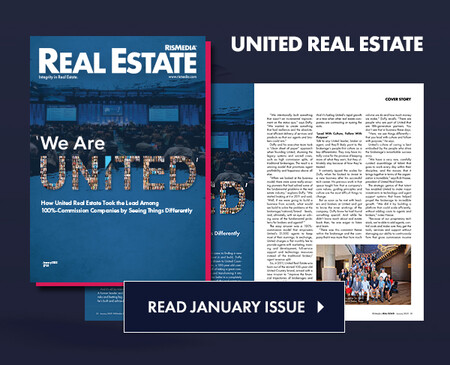 RISMEDIA, March 6, 2010—Not only did we turn over a new year on January 1, 2010, but the U.S. Department of Housing and Urban Development (HUD) ushered in monumental and mandatory changes to the Good Faith Estimate (GFE) and HUD-1 settlement statement (HUD-1).
RISMEDIA, March 6, 2010—Not only did we turn over a new year on January 1, 2010, but the U.S. Department of Housing and Urban Development (HUD) ushered in monumental and mandatory changes to the Good Faith Estimate (GFE) and HUD-1 settlement statement (HUD-1).
The intent behind these changes is to make the lending process more transparent by providing settlement and loan information in a way that will allow borrowers to more easily shop loans and compare charges. To that end, the format of both the GFE and HUD-1 has been substantially altered. And while the goal is transparency for the borrower, most in our industry are still struggling to find clarity as to how to prepare these new forms.
Previously a one page document, the new GFE is now three pages in length.
The first page contains an important dates section as well as a summary of the borrower’s loan terms and the total settlement charges. The second page contains the breakdown of these charges into specific blocks depending on the particular settlement service and service provider. The last page explains that these blocks can fall into one of three different “tolerance buckets” meaning that at the time of closing, certain fees may fluctuate either by 10% in aggregate, without limitation, or not at all.
When preparing the new GFE, the loan originator must be sure to calculate the settlement charges correctly and properly disclose the charges in the appropriate GFE block. A miscalculation could be costly and result in the loan originator having to pay to cure a tolerance violation. For this reason, communication between the loan originator and settlement agent is more important than ever to ensure that the fees for all parties are accurate.
Once a new GFE has been issued, the settlement agent is required to use the new HUD-1. Page two of the HUD-1 mimics much of the format of the second page of the GFE. The third page shows whether the actual HUD-1 charges fall within the allowable tolerance limits as compared to the figures shown on the GFE. If a violation has occurred, the loan originator has 30 days from settlement to cure the violation. Page three of the HUD-1 also contains the loan summary similar to page one of the GFE. Again, the idea is that the two documents work in conjunction with each other in a way that makes comparison easy for the borrower.
For now, the best way to ensure that your company is complying with these new rules is to familiarize yourself with the new GFE and HUD-1 settlement statement forms. Both can be found on the website of the U.S. Department of Housing and Urban Development: www.hud.gov.
About the Author
Alyce Ritchie is a Partner and Practice Manager at Morris|Hardwick|Schneider.










